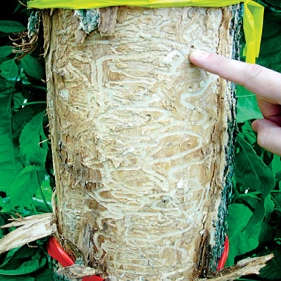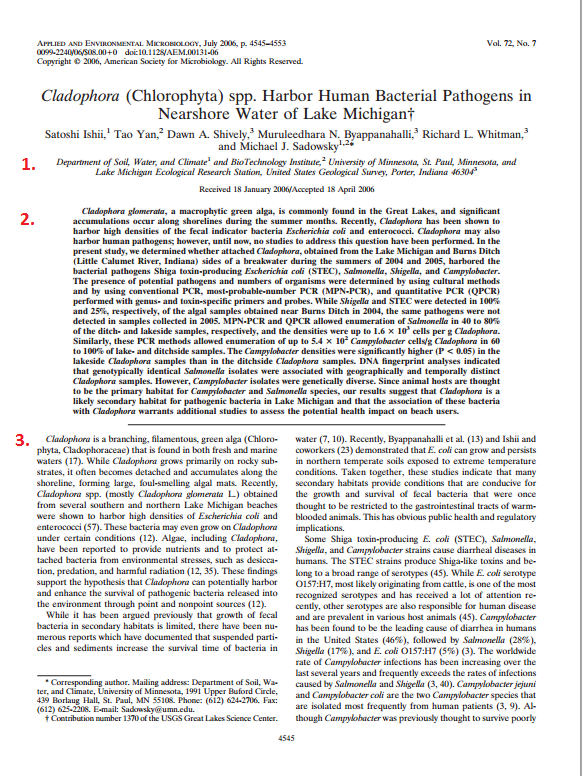
Welcome! Click on a tab below to find books, articles, and websites for use in this course.
You'll need a College of DuPage Library card in order to use most of the resources below from off campus. If your card is not working, it may need to be reactivated.
Questions? Feel free to use my contact info to the right, stop by the Reference Desk, or contact us by email or chat
Getting Started: Finding (and Narrowing) a Topic
Have a glimmer of a topic that you'd like to work on? Great! You'll want to work to narrow that topic a bit before you dive into the catalog and databases, or you will be swamped with results. You can try the following strategies to narrow a topic:
- Visit CQ Researcher, a library database that summarizes current events into massive PDFs.
- Gale Virtual Reference Library has got great entries on many of your topics.
- Issues and Controversies will help you to figure out opposing viewpoints on many environmental issues, such as genetically modified organisms or nuclear power.
- While you would never cite Wikipedia, you can use the references at the bottom of the entry to start your search.
- Finally, doing an all-purpose google search can give you hints about what words to use when searching.
Still Drawing a Blank?
The College of DuPage library has several print magazines/journals that you can browse through for inspiration. For example, try looking at headlines in:
- American Forests
- Mother Earth News
- Audubon
Finding Articles in Databases
Scientific research can be best found in academic databases. Here are the top two databases to look for information.
Academic Search Complete has a mixture of popular and scholarly articles on a variety of subjects. You'll want to be sure that you're using a source appropriate for class when searching.
Science Direct is a database of only scholarly scientific articles. Be sure to select "Subscribed Journals" while searching.
Academic OneFile is a great place to find a mixture of scientific and popular articles as well. Just like in Academic Search premier, make sure that you're using a good source for this project while searching.
See the full list of biology databases.
Distinguishing a Research Article From a Popular Article
Worried that you might be reading a trade article from a scholarly article, or a review article from a scientific research article?
Start by looking for the distinctive markers of a scholarly article: are the authors' degrees or university affiilations listed? Do you see an abstract? How about charts, tables, graphs?
Once you are certain that you are looking at a scholarly article, make certain that your article is a scientific research article, by looking for the following distinctive sections:
- Abstract
- Introduction
- Method
- Results
- Discussion
- Conclusion
- References or Works Cited
Some of these sections may be merged with other sections, have slightly different names, or may not be labeled, but all should be present in one way or another.
Confused? Take a look at page one of a scholarly article below:

Notice the following:
- The authors list a university affiliation
- The abstract is right in the center of the page
- The (unmarked) introduction
Want to take a closer look? Cladophora (Chlorophyta) spp. Harbor Human Bacterial Pathogens in Nearshore Water of Lake Michigan is a research article found on PubMedCentral, the government-sponsored free article database. You can use this as a model scholarly research article.
- Check out this handy guide to reading scholarly articles.
- Remember that you can use reference databases to explain words or concepts that you're unfamiliar with. Try searching Credo or Gale to start.
APA Citations
Find directions about how to cite your sources on the library citation guide.
Most databases will have a Cite link that you can also click to get article citations.
Finally, you are welcome to use NoodleBib if you'd like to use a program to create and organize your citations. You must "Create a New Folder" when you use NoodleBIB for the first time. Click on "I am citing a(n):," choose the type of item you are citing, and then fill in the online form. Your bibliography will be formatted for you.
Further questions about APA style? Check out Purdue OWL, which has a detailed APA citation style guides.